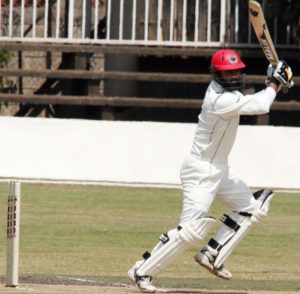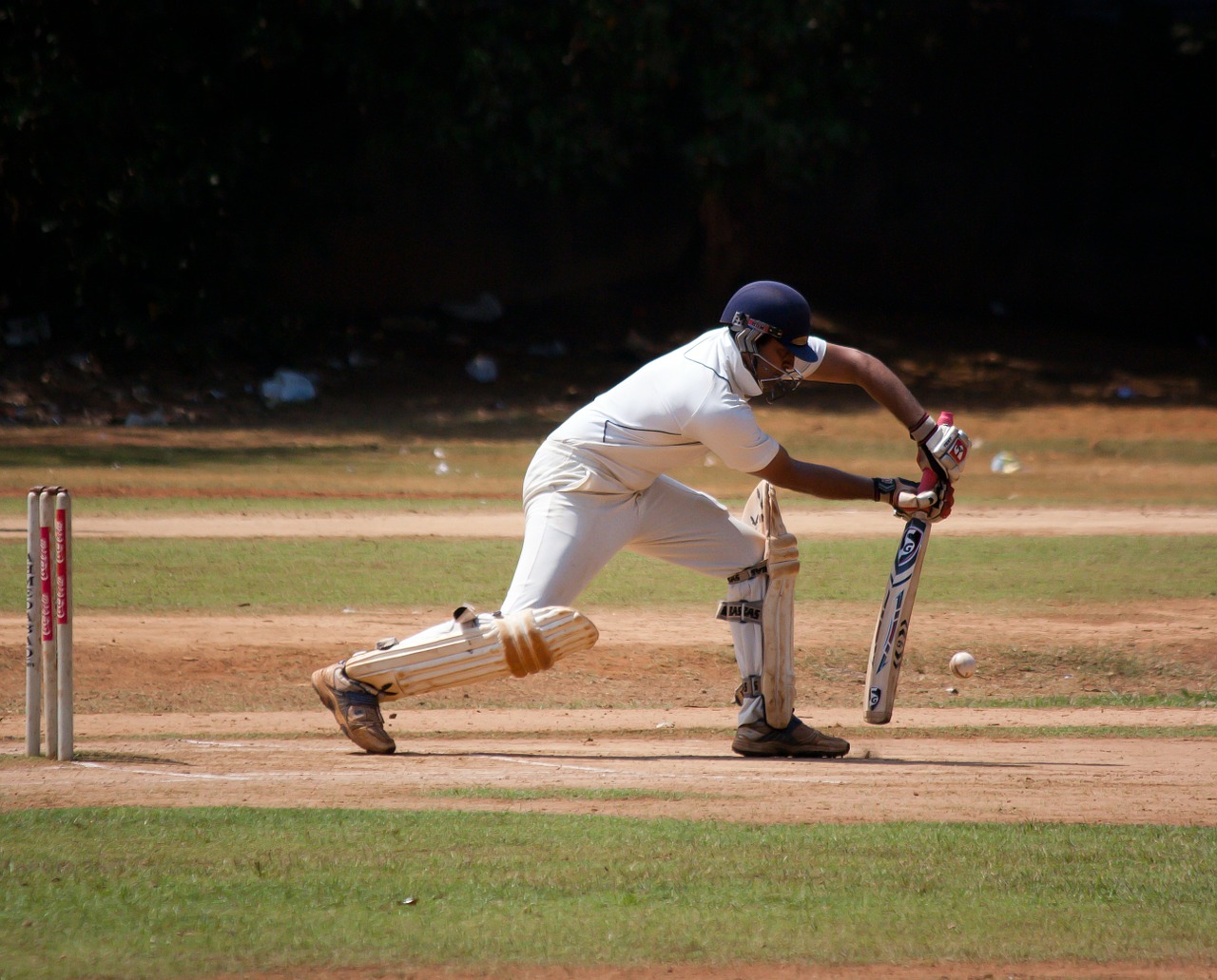
Image courtesy Wikipedia
Cricket fans all over Afghanistan are loving Afghan Wireless’ Cricket Live, an SMS service that brings the latest, real-time updates from the world of cricket right to your mobile phone. Subscribers are using Cricket Live to stay up to date on the progress of their favorite teams, learn about what’s happening in international cricket, and get all kinds of fun facts on the sport’s greatest players.
To help celebrate Cricket Live, here are nine favorite facts about former Afghanistan captain Nawroz Mangal, one of the leading figures behind the rise of cricket in Afghanistan.
-
Mangal was introduced to cricket in Pakistan’s refugee camps.
Nawroz Mangal was born in Kabul, but like many Afghans of his age, he fled with his family to neighboring Pakistan to escape the Soviet invasion of Afghanistan. It was there, growing up in a refugee camp in Peshawar, that Mangal was first introduced to cricket, a sport that was virtually unknown in Afghanistan at the time, but was hugely popular in Pakistan and other South Asian nations. For residents of the refugee camps, children in particular, playing cricket provided an important means of escape from the difficulties of daily life.
-
He didn’t watch his first cricket match until age 12.
Mangal may have played plenty of cricket as a child but, not surprisingly, conditions in the refugee camp meant that there were very few opportunities for residents to watch professional matches. It wasn’t until 1996, when Mangal was 12 years old and India and Pakistan were confronting each other in the Cricket World Cup quarter-final, that
Mangal saw his first professional match on television.
-
His early cricket idol was Sachin Tendulkar.
In various interviews, Mangal has named former Indian captain Sachin Tendulkar as one of his early cricket idols. Widely regarded as one of the sport’s greatest-ever batsmen, with an impressive list of records and awards, Tendulkar was at the peak of his career when the young Mangal was discovering his passion for cricket in Pakistan’s refugee camps. Tendulkar retired from professional cricket in November 2013.
-
He brought his passion for cricket with him when he returned to Afghanistan.
After the end of the Taliban regime in Afghanistan, Mangal and his family were finally able to return to their homeland. The strong passion for cricket that Mangal brought back with him—as did others, like his future Afghanistan teammates and former refugee camp residents Mohammad Nabi, Karim Sadiq, and Shapoor Zadran—would eventually help spark the creation and rise of Afghanistan’s national cricket team.
-
His talent was spotted by Taj Malik.
Taj Malik, one of Afghanistan’s earliest cricketers and another former resident of Pakistan’s refugee camps, was one of the first people to spot Mangal’s potential. While living in the Kacha Gari refugee camp, Malik had started the Afghan Cricket Club, which eventually became a strong team, taking on many of the more established clubs in Peshawar. When Malik returned to Afghanistan, he became the general secretary and national coach of the country’s then-nascent cricket team.
-
Mangal’s father initially did not want him to pursue cricket.
Mangal’s cricketing career was almost stopped before it started by parental disapproval. When Taj Malik, in his capacity as the national team’s coach, approached Mangal’s father about allowing the young Mangal to pursue cricket seriously, his father initially refused permission, citing the unstable political situation in the country and the fact that cricket was, at that time, not at all a popular sport in Afghanistan. (On seeing his son’s talent, however, Mangal’s father later relented.)
-
He made his debut for Afghanistan at age 17.
In 2001 Mangal played his very first match for Afghanistan against Nowshera. He played his first international match against Oman during the Asian Cricket Council trophy tournament; Afghanistan lost that particular match, but Mangal proved himself as a valuable player by scoring a century.
-
He was the skipper of Afghanistan’s first ODI.
Mangal was made captain of Afghanistan’s national team in 2007. Two years later, under Mangal’s captaincy, the team participated in its first-ever One-Day International match, playing against Scotland in the 2009 ICC Cricket World Cup Qualifier. Happily, Afghanistan’s first international match was also its first international victory: the team defeated their Scottish opponents, with Mangal scoring 32 points himself.
-
He has made an impressive international name for himself.
Although he was succeeded as Afghanistan’s captain in 2010 by teammate Mohammad Nabi, Mangal has continued to be an important force on the national team, and has garnered a number of impressive achievements. He has played in more than 30 One-Day Internationals (during which he has amassed well over a thousand runs), and has two centuries to his name. His highest individual score, 129, was in a match against the United Arab Emirates in December 2014.

